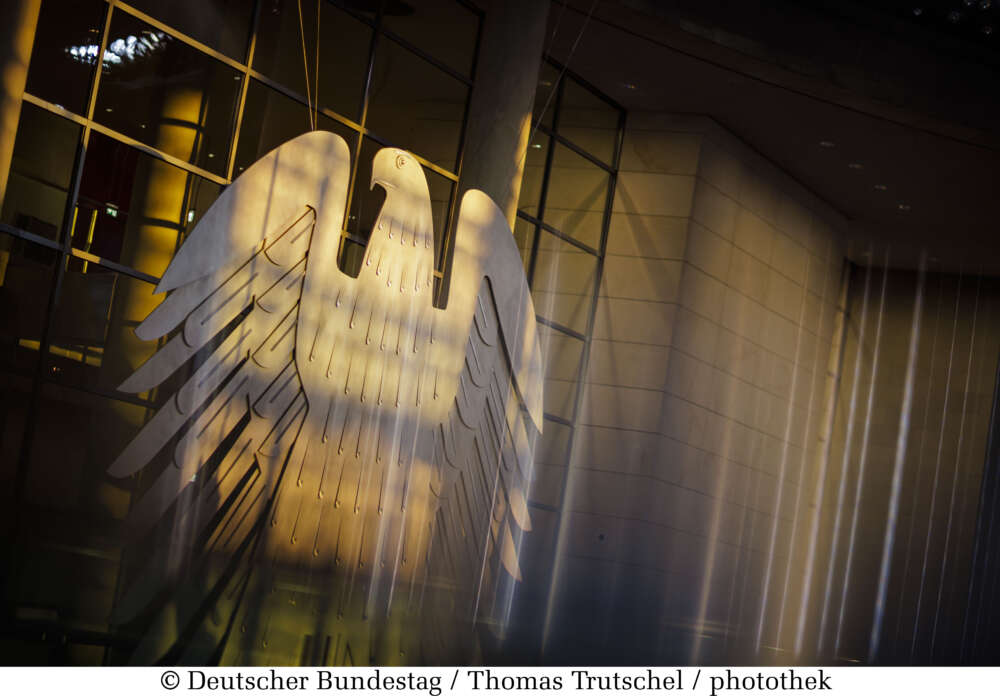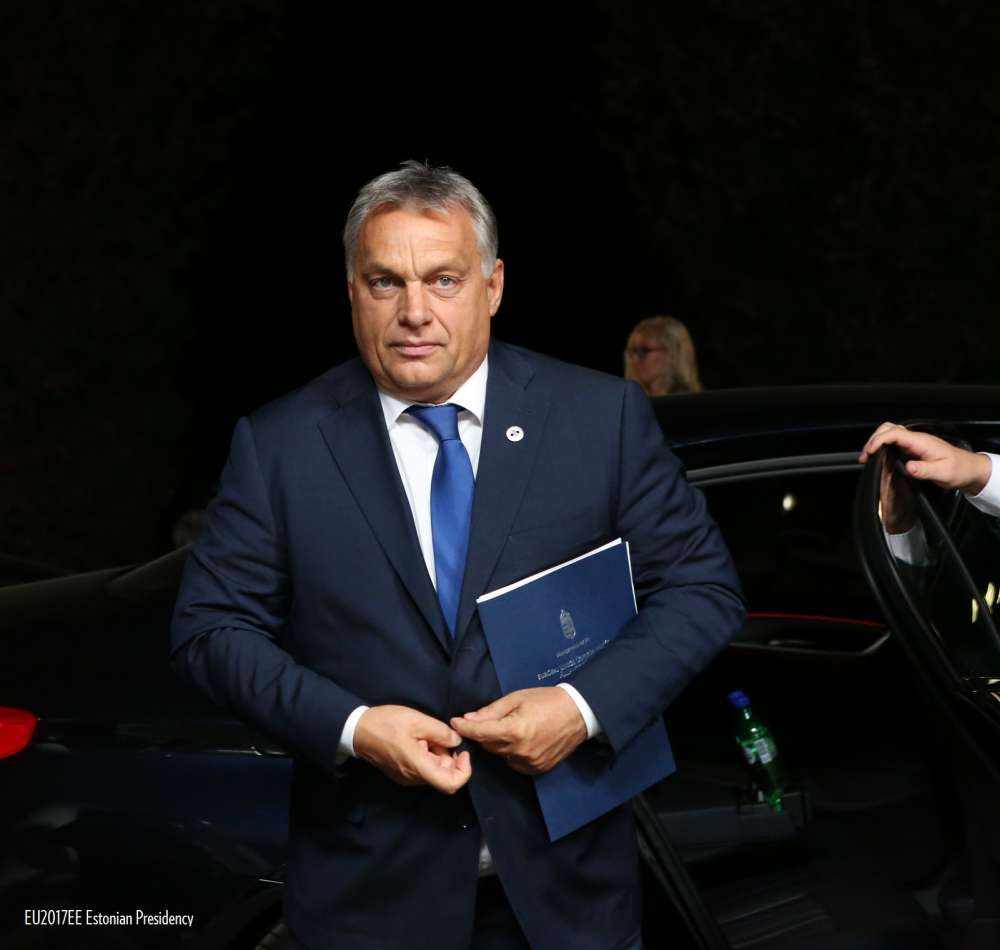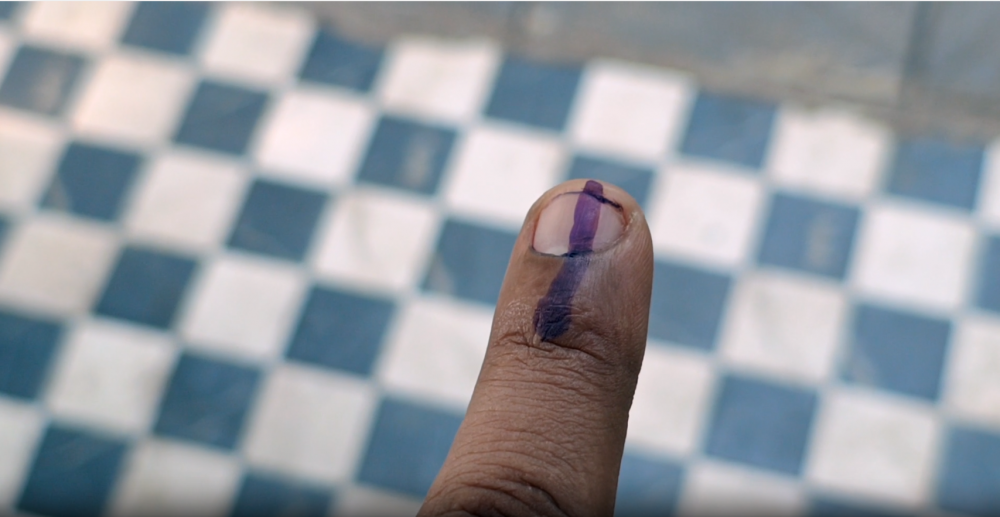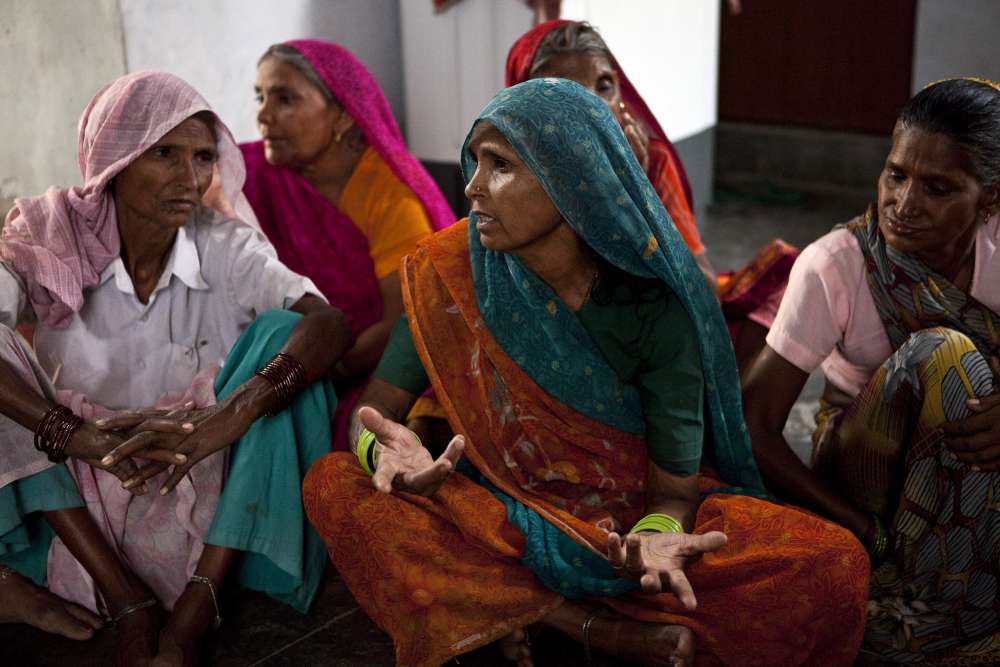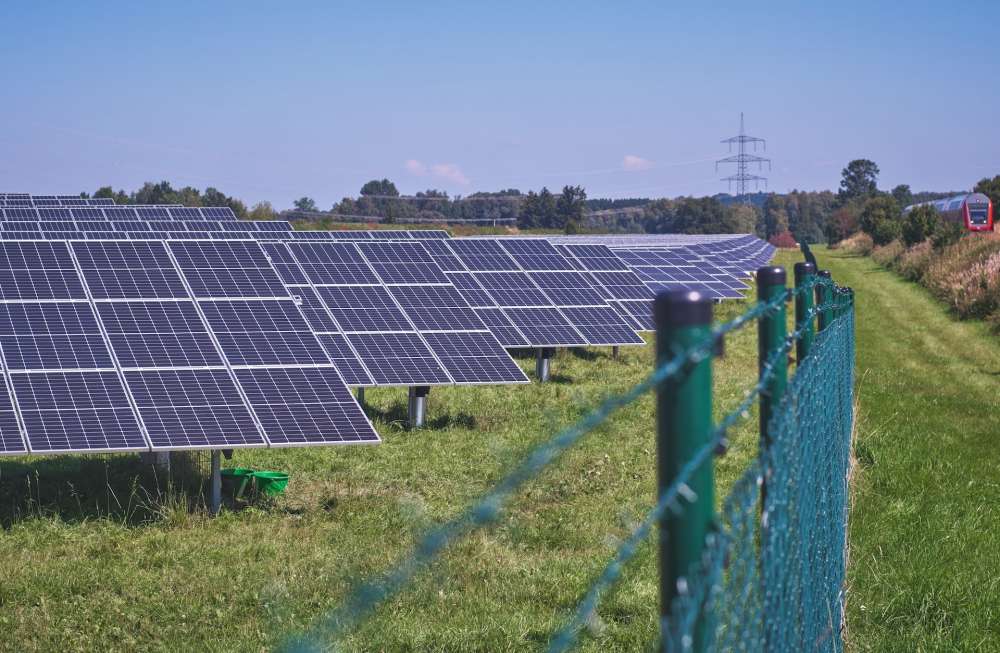A Perfect Shitstorm: Scientists in the Pandemic

The COVID-19 pandemic’s most visible impacts on academia and academic freedom include mobility restrictions, enhanced opportunities for digital surveillance and prolonged emergency measures. However, especially in democracies, we should brace ourselves for some indirect and more far-reaching effects on academic life: even more divided and polarized societies, and decreased trust in science.
During the COVID-19 pandemic, the role of scientific evidence in shaping our daily lives has become more visible than ever before. For months, the latest research results have filled headlines and provided the basis of drastic political interventions. As the pandemic unfolded on the public stage, scientists were attempting to make sense of their findings in real time, creating a formidable breeding ground for distrust and conspiracy theories. While science skepticism and denialism are far from new phenomena (see tobacco research in the 1980s and 1990s, or climate research in recent years), the pandemic has ushered in an unprecedented wave of public hostility toward science and exacerbated the potential consequences for academic freedom.
At first, the Coronavirus crisis actually brought about an increase in the public’s faith in scientific evidence. In May 2020, the Times Higher Education (THE) published an article entitled “Public trust in science ‘soars following pandemic’,” citing two surveys from the United Kingdom (UK) and Germany. In an April 2020 poll conducted in the UK, 64 percent of respondents indicated that the pandemic made them more likely to listen to expert advice from qualified scientists. Also in April 2020, the Wissenschaftsbarometer, a German survey that regularly polls the public about their trust in science, found that 73 percent of respondents said they “fully” or “mostly” trusted science and research – up from around 50 percent in previous years. The THE article attributed this public trust to Germany’s successful science communication in the early phase of the pandemic, most prominently through a popular NDR podcast series with virologist Christian Drosten, whose research group developed the first PCR test against the novel Coronavirus.
However, as the COVID crisis raged on, the data began to tell a different story. First, when comparing the available surveys over time, we find that trust in both science and scientists decreased again as the pandemic continued. In Wissenschaftsbarometer’s subsequent editions in May and November 2020, only 66 and 60 percent of respondents respectively still indicated trust in science. The Eurobarometer, a regular poll run by the European Commission, found a similar slight decrease in respondents’ trust in scientists, national health authorities and the WHO between their April/May 2020 and June 2020 surveys. One of the causes of this decrease may be that the “messiness” of science, which is usually confined to debates in academic papers, played out in real time on the public stage. The controversies and changing advice on issues like mask mandates were often confusing and difficult to comprehend for lay audiences.
A second important observation is that trust in science is not evenly distributed across society, and is often divided along party lines. In Germany, Wissenschaftsbarometer’s polls reveal that trust in science decreased most dramatically among respondents who identified with the Alternative for Germany (AfD), Germany’s right-wing populist party. For these respondents, their trust in science dropped from 45 and 63 percent in April and May 2020 to only 25 percent in November 2020. AfD representatives kept unusually quiet during the first phase of the pandemic, but increasingly dabbled in misinformation and conspiracy theories as the party began to associate with the COVID-19 denialist Querdenker movement. Although the Querdenker movement appeals to a broad demographic – including many former Green party voters – the AfD is the only major German party that has officially endorsed the movement and is thought to benefit from it politically.
US polling data also suggests that COVID-19 has reinforced a preexisting partisan divide on science. The pandemic further increased Democrat-leaning people’s trust toward scientists – from 43 percent in 2019 to 52 percent in April 2020 – whereas Republican-leaning respondents’ trust in scientists stagnated at 27 percent during the same period. Before and during the pandemic, then-US President Donald Trump played a key role in undermining trust in scientific evidence by defying expert advice, spreading misinformation and attacking researchers and their institutions. Today, the US’ partisan divide on COVID-19 vaccines is not only high – it is growing.
The trust divide on science has not only become quantitatively more prominent: public positions on scientific evidence have also hardened. While critical feedback on scientific studies – including from a lay audience – is legitimate and should be encouraged, it is a different story when scientists are deliberately attacked in an effort to discredit or silence them. For scholars like Drosten who became science celebrities overnight, these lines have been crossed many times over. As protests against pandemic measures erupted across Germany, scientists increasingly became the targets of harassment by private citizens. Virologist Melanie Brinkmann described the scores of hate mail she received in early 2021 after calling for more effective closures to curb the virus’ spread. “That is when I first became scared,” Brinkmann said in an interview with Der Spiegel – and she is not alone. Virologists and other scientists in many countries have reported extensive online harassment, including tens of thousands of hateful messages sent to individual experts over the last year, many of which included death threats.
Hate mail, and sometimes even physical violence, are problems that gender, climate and extremism researchers have faced for years. With the COVID-19 pandemic, the troubling phenomenon has reached new corners of academia: mathematicians, virologists and medical scientists who had previously been spared from controversy – unless they were visibly connected to abortion research or animal experiments – have now become targets of public hate campaigns. Even so, there still remains both a gendered and racial element to the extent and types of hate mail that pandemic researchers receive.
In an increasingly toxic atmosphere, hate-filled attacks are coming from more sides than just pandemic denialists and anti-lockdown protestors. Swedish epidemiologist Jonas Ludvigsson received an onslaught of intimidating social media comments and hate mail because of his research on COVID-19 in children and his findings’ support for the Swedish government’s decision to keep schools open. He reported that the threats caused him to lose both his sleep and “appetite” for working on the topic, leading him to quit conducting COVID-19 research altogether. In response to Ludvigsson’s case, Sweden’s Minister for Higher Education and Research Matilda Ernkrans expressed support for a proposed amendment to the country’s higher education act that would strengthen academic freedom in the face of online hate. She noted that such measures were more important than ever, as the problem for academics on both sides of the pandemic debate had escalated and several employees of the Swedish public health agency were under police protection. “This is not a new phenomenon, but we have seen an increase of threats against academics related to research on the Coronavirus. When people are silenced, it is a threat against the freedom of speech and our democracy,” Ernkrans told the British medical journal BJM.
Attacks like these pose a serious threat to academic freedom. There is an immediate and observable risk that scientists will retreat from public engagement out of fear of retaliation. What is more, targeted scholars can suffer mental health problems, face severe consequences to their reputations and may – like Ludvigsson – lose the curiosity that drives their scientific discoveries. After witnessing such incidents, other researchers may well avoid working on controversial topics altogether out of fear of becoming the targets of fierce ‘shitstorms’, smear campaigns and even death threats. This atmosphere of anxiety and self-censorship jeopardizes the free and open environment needed for academic research and teaching to thrive.
When comparing data on the levels of academic freedom and political polarization in democratic countries, an interesting pattern emerges: where polarization is low, academic freedom is generally high; however, in places where polarization is high, the state of academic freedom is less clear. Both measurements are part of the V‑Dem Institute’s large social science dataset, which draws on multiple expert assessments for each country and aggregates them into key indicators. The academic freedom measurement is based on five indicators: the freedom to research and teach, to exchange and disseminate results, to express oneself on political issues, as well as university autonomy and campus integrity. To measure polarization, experts are asked to what extent the society is “polarized into antagonistic political camps” – meaning whether supporters of opposing political ideologies generally interact in a friendly (low polarization) or hostile (high polarization) manner.
If we look at the timelines of individual countries where political polarization has been on the rise (such as Brazil, Poland and Mexico), we find that a decline in academic freedom levels usually follows several years of increasing polarization. These distributions alone are not evidence of a causal link, which would require further research. However, in light of the trends outlined above, there is likely a connection between the level of political polarization, the pervasiveness of distrust in science and challenges to academic freedom. Under certain circumstances, this trifecta can have real consequences for the freedom of science in those societies. However, in some countries like the US, academic freedom remains high despite trends toward political polarization. If we accept that there is a link between polarization and academic freedom, what can explain this difference?
First, we need to distinguish between the different kinds of attacks on academic freedom that can emerge from increased political polarization. These include the above-mentioned hate campaigns against particular scholars, which – if systematic – can threaten the freedom of the academic system as a whole; and the erosion of institutional protections for academic freedom by those in positions of power.
Polarization does not automatically lead to widespread personal attacks against academics so long as science itself is not the main bone of contention, which has been historically rare. However, the pandemic may have changed that. While some research areas like gender studies, migration and climate research have been a thorn in the side of conservative and conspiracy movements for decades, public controversies over scientific evidence have reached new heights during the COVID-19 pandemic. In the worst case scenario, these attacks may signal where the discourse is headed in the future. In the best case, however, the realization that no field of research is safe from vilification could provide a long overdue wake-up call to better protect academics from hate speech. This recognition could trigger meaningful changes in academia, such as the appointment of trained staff at universities to moderate, filter and examine online comments for hate speech against scientific personnel and the generation of more substantial and systematic institutional support for individuals after attacks occur.
Political polarization may play a similar role in institutional-level assaults on academic freedom. Democratic societies – particularly those where universities rely on public funding – depend on citizens’ belief in the benefits of science and the necessity of autonomous research institutions. When a segment of the population – even if only a loud minority – casts doubt on scientific evidence altogether, it can confuse legitimate academic debates and slowly erode vital trust in scientific integrity and academic institutions. In the German Wissenschaftsbarometer’s November 2020 poll, 42 percent of respondents who identified with the AfD “fully” agreed with the statement that “scientists do not tell us everything they know about the Coronavirus” – which is not entirely surprising from a supporter base in which conspiracy theories thrive. However, when examining all poll responses, an unsettling 40 percent of respondents either “fully” or “partially” agreed with the statement. Without the trust of the public, the very foundation of the academic system is in jeopardy: universities are left exposed to those populists who are all too eager to suppress academic freedom and declare a war on facts for their own political gains.
Brazilian President Jair Bolsonaro has showcased what can happen when science skepticism and opportunism are in the seat of power. In these situations, strong institutions and longstanding traditions of academic freedom and university autonomy may be crucial factors in determining whether academia initially withstands erosion efforts. According to the Academic Freedom Index, US President Donald Trump’s tenure in the Oval Office did not significantly undermine academic freedom in the United States – or at least, not yet. Even where institutions are strong, there is no guarantee that they will remain robust in the face of ever-growing polarization if scientists do not hold the public’s trust.
In many ways, scientists’ presence in news reporting and social media during the pandemic was a textbook example of confidence-building measures. Researchers were at the front and center of the public debate, explaining the unfolding situation in terms that a lay audience could understand, highlighting the central relevance of science in finding solutions to COVID-19, and also illustrating that scientists were equally affected by the problems they researched. These efforts helped to bridge the often-perceived divide between scientists and the public, and had – as suggested by the polls above – positive effects on people’s trust in academia.
However, in other areas, COVID-19 outreach efforts were less conducive to building trust – or were downright detrimental. The pandemic created a high pressure, emotional environment that even scientific experts could often not escape. For example, virologist Drosten conceded that it was a mistake to announce the result of his team’s study on viral loads in children in a very condensed form on Twitter, as “many saw this as a provocation.” Actions like these have contributed to further polarization in an already heated atmosphere around the pandemic. Similarly, the academic debates that play out in the media often adopt an adversarial tone not normally found in scientific discourse. What is more: some science journalists knowingly contribute to a lurid ‘heroes and villains’ narrative by pitting scholars with differing positions against each other rather than portraying them for they are: scientists trying to make sense of an extremely volatile situation who come to different conclusions.
Science communication during the COVID-19 pandemic has underscored a point made in a Nature piece more than two decades ago: a key component of trustworthiness in science is transparency about its limitations. To promote trust in today’s public engagement on COVID-19, scholars should openly acknowledge when they are crossing the line between communicating science and promoting specific policy choices. Otherwise, they risk undercutting the public’s trust in scientists as pursuers of an objective truth and instead position experts as “smart promoters of their own interests in a media-driven marketplace.” This is a dangerous road to travel in a time when societies, threatened by global warming and future pandemics, lean more than ever on scientific evidence – and thus on the free and autonomous academic institutions that produce it.
This commentary was published on September 08, 2021 as a part of the web magazine COVID-19 and Academic Freedom.

